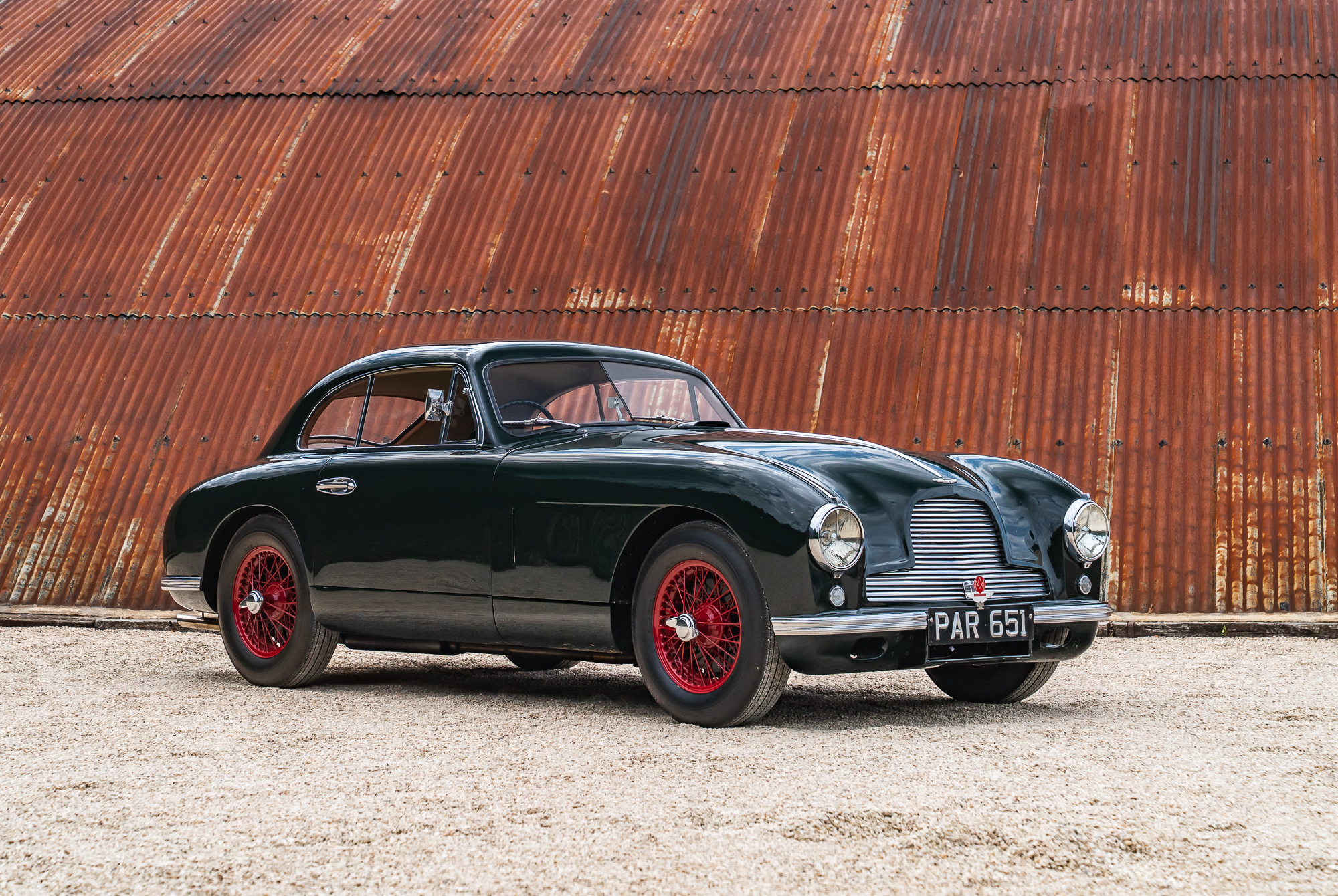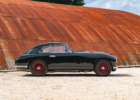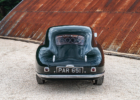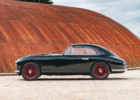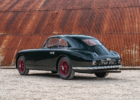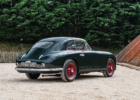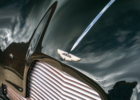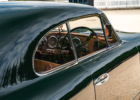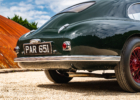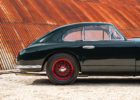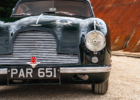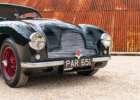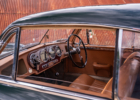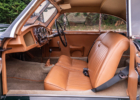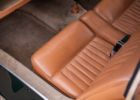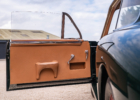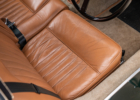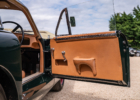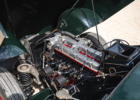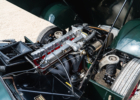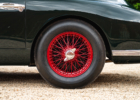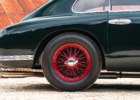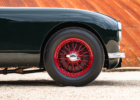1953 Aston Martin DB2 Vantage
- Previously owned by former Aston Martin chairman Victor Gauntlett
- High-compression Vantage-spec model
- One of only 411 DB2s built
- Original right-hand-drive, UK-market car
| YEAR | 1953 |
| MAKE | Aston Martin |
| PRICE | £250,000 |
VEHICLE DESCRIPTION
Victor Gauntlett is a key figure in the long history of Aston Martin, helping to steer the company through a difficult period in the early 1980s and staying on as chairman after the Ford takeover in 1987. He was also a keen enthusiast and a discerning collector, and he owned this DB2 on two separate occasions.
Chassis number LML/50/396 was built on 11 April 1953 as a right-hand-drive, UK-market car. The Heritage Certificate notes that it was Black with Beige trim, and that it wasdispatched on 23 April to Brooklands of Bond St, London. The registration number that it still wears today – PAR 651 – was issued in Hertfordshire.
A black-and-white photograph in its file shows the car competing at Prescott hillclimb during the 1950s, and it was later owned by John Donner – another well-known collector who was noted for the quality of his restorations. Elsewhere in the file is a set of photographs documenting a rebuild during Donner’s ownership, in which the car was stripped all the way down to a bare chassis and its bodywork taken back to bare metal.
The DB2 was then acquired by Victor Gauntlett, whose son Richard has fond memories of high-speed runs in this car, including a cross-country drive from Essex to Gloucestershire in tandem with his father, who was at the wheel of his Blower Bentley. Even though Victor subsequently sold the Aston Martin, it must have made quite an impression on him because he bought it back only five months later.
In 1995, the DB2 played a central role in the Aston Martin Owners’ Club Diamond Jubilee celebrations, and was one of a select group of cars that were displayed inside the Dorchester Hotel in London during the Grand Jubilee Ball. It was subsequently bought from Gauntlett by a marque enthusiast as part of a small collection, and in 2010 its engine was rebuilt by Rex J Woodgate Automotive Consultants.
Now superbly presented in green with red wheels, this Aston Martin DB2 boasts a fascinating ownership history and is a fine example of this charismatic 1950s sports saloon.
MODEL HISTORY
The foundations of what would be a golden period for Aston Martin were established in 1947, when industrialist David Brown bought not only that company, but also Lagonda. The latter gave him access to its WO Bentley-designed, 2.6-litre, twin-overhead-camshaft, six-cylinder engine, which would be installed in the early ‘DB’ series of Aston Martins, starting with the DB2.
Introduced in 1950, this new Grand Tourer featured bodywork designed by Frank Feeley and shaped from aluminium at Aston Martin’s Feltham factory. The Lagonda engine produced 105bhp at 5000rpm and drove through a four-speed gearbox, and while the £1914 DB2 was considerably more expensive than the Jaguar XK 120, it was built in far smaller numbers.
In the same year that the DB2 was introduced, John Wyer joined Aston Martin to oversee its competition programme. At the 1950 Le Mans 24 Hours, DB2s finished fifth and sixth overall, and won their class. The factory then prepared a team of lighter, more powerful DB2s for 1951, and they again won their class, with the car driven by Lance Macklin and Eric Thompson finishing third overall. There were also class wins in the Mille Miglia before Aston Martin switched its racing focus to the DB3.
When The Autocar tested a DB2 in 1950, it recorded a top speed of 110mph and said that it was ‘a car in the first rank for handling and sheer brilliance of performance’. In the USA, Road & Track tested a DB2 belonging to none other than future World Champion Phil Hill. It noted that ‘the Aston Martin has few rivals in the world today’, while Hill himself said that ‘it handles like a dream and is a lot of fun to drive’.
A more-powerful, 125bhp Vantage model was introduced in late 1950 with a higher compression ratio. A drophead coupé was also offered, before the new DB2/4 – so named to reflect the additional of two small rear seats – was launched at the 1953 London Motor Show.
